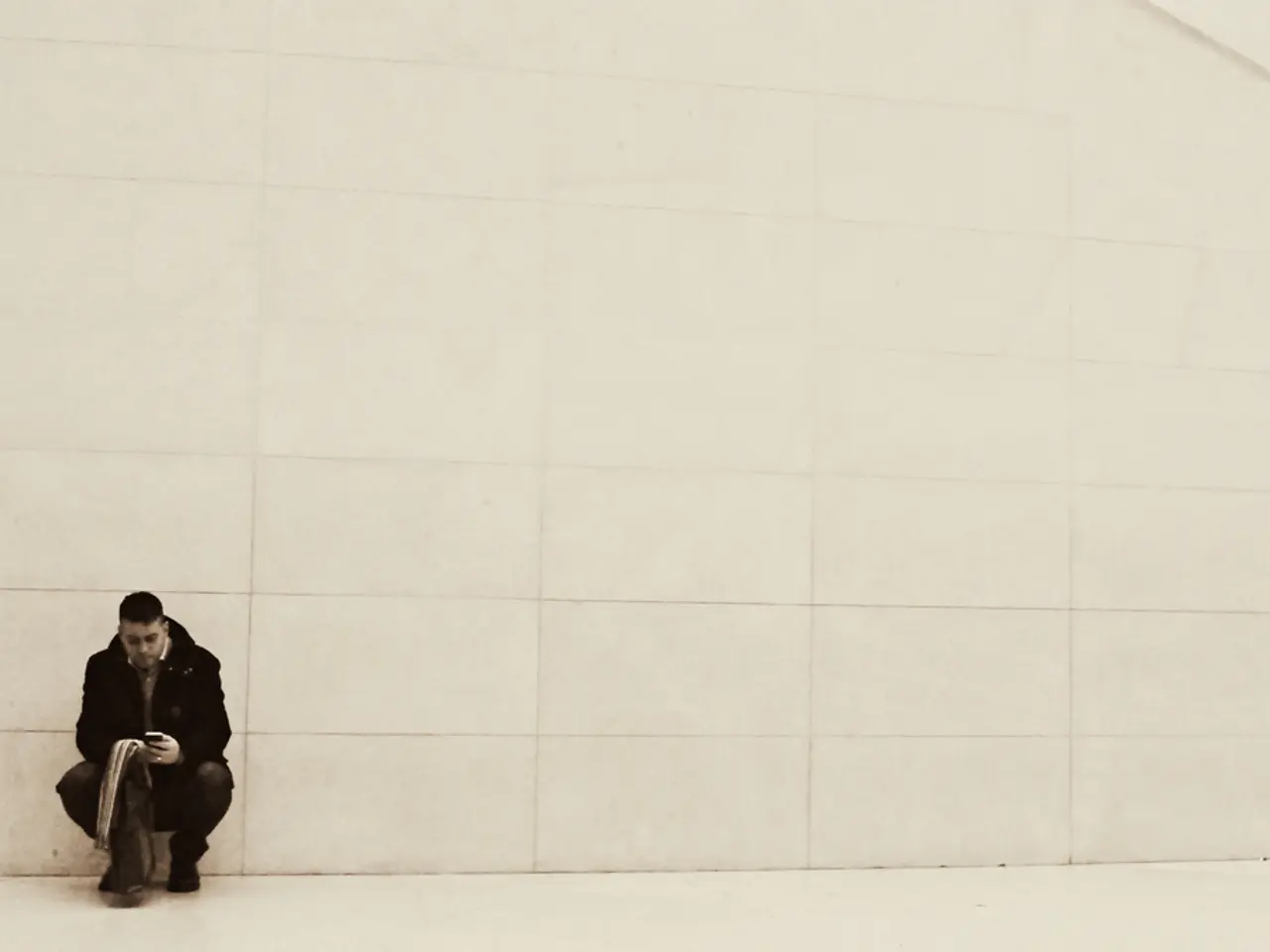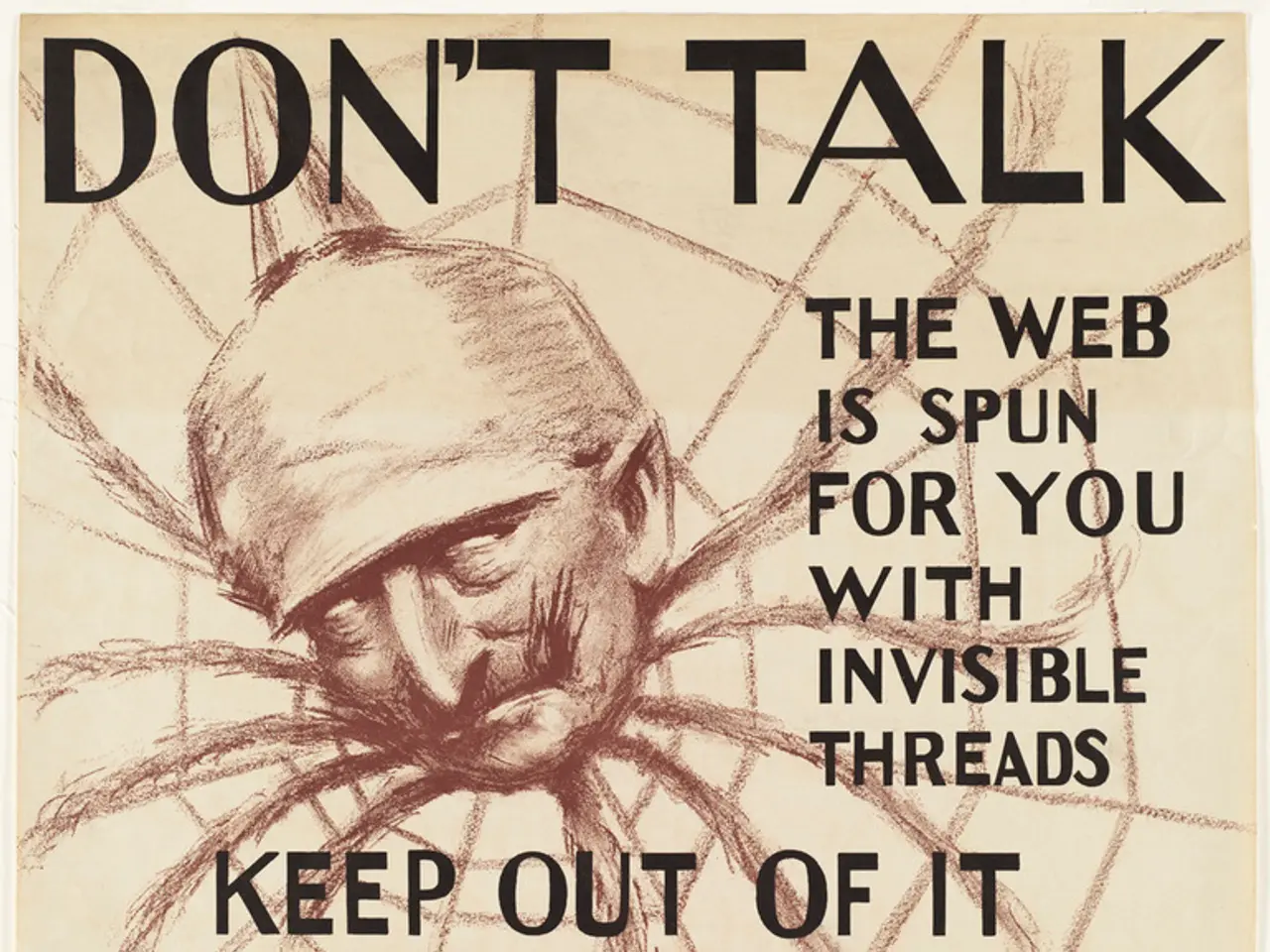Squat Exercises: Pros, Cons, and Correct Performance Steps
Squats, a fundamental exercise in any fitness regime, come in numerous forms, each with unique benefits for athletic performance and overall health. Here's a rundown of some popular squat variations and their specific advantages.
Spanish Squat
The Spanish Squat, featuring a heavy resistance band around the knees, keeps you upright and helps you squat deep. This variation greatly activates the quadriceps, improves anterior knee health, and aids comfort in deep squatting positions [1].
Dumbbell Squat
Beginner-friendly, the Dumbbell Squat adds resistance without a barbell. It increases strength and power, making it ideal for general strength development [2][3].
Bulgarian Split Squat (Split Squat)
The Bulgarian Split Squat isolates each leg, with one leg placed behind on an elevated surface. This variation focuses on quads and glutes, improving unilateral leg strength and balance performance, beneficial for athletic stability and injury prevention [1][2].
Hack Squat
Performed on a machine, the Hack Squat takes pressure off the lower back and focuses on quad development [2].
Pistol Squat
The Pistol Squat, an advanced single-leg squat, requires strength, balance, and flexibility. It enhances unilateral leg strength, stability, and proprioception critical for athletic movements [2].
Sissy Squat
The Sissy Squat isolates the quadriceps with less hip/glute engagement, helping build quad strength in a controlled way [2].
Jump Squat
The Jump Squat adds a plyometric element (jump) to increase heart rate, boost endurance, and improve reaction time, combining cardio and strength training for explosive power [3].
Goblet Squat
The Goblet Squat, holding a weight at chest level, engages the core and helps maintain upright posture, making it great for beginners to learn squat form and build strength [3].
Sumo Squat
The Sumo Squat, with a wide stance, emphasizes the glutes and inner thighs, useful for hip mobility and posterior chain strengthening [1][3].
Quarter Squat
The Quarter Squat, a partial range squat, allows heavier loads and is beneficial for increasing strength at partial ranges, enhancing explosive athletic movements like vertical jumps and sprints, and reducing stress on knee and hip joints [4].
Smith Machine Narrow-Stance Squat
The Smith Machine Narrow-Stance Squat, a machine squat variation with a narrow stance, targets quads more specifically [1].
Belt Squat
The Belt Squat loads the weight on the hips via a belt, reducing spinal loading and focusing on lower body muscles, helpful in injury prevention or rehabilitation phases [1].
Each variation has specific benefits for athleticism or health:
- Improving muscular strength and power (dumbbell, hack, quarter, pistol squats)
- Enhancing balance and unilateral strength (Bulgarian split, pistol squats)
- Boosting explosive power and speed (jump squats, quarter squats)
- Targeting muscle isolation (Spanish, sissy, sumo squats)
- Reducing joint load while maintaining benefit (quarter squat, belt squat)
Incorporating a variety of these squat variations into training can improve overall athletic performance through enhanced strength, power, balance, and joint health while promoting overall musculoskeletal health [1][2][3][4].
Wall Squats and Box Squats
Wall squats involve squatting down against a wall and holding the position for several seconds, while box squats require a box or bench and involve sitting on the box during the squat.
Pistol Squats
Pistol squats target several muscles, including those in the legs and core, and improve flexibility and balance.
Safety Tips for Squatting
Anyone performing weighted squats for the first time should consider seeking the guidance of a trainer. Safety tips for squatting include warming up properly, keeping the back straight, ensuring that the knees stay in line with the feet, avoiding sudden or large increases in weight, and hiring a personal trainer if new to squatting or using weights.
Benefits of Squats
Squats are regarded as beneficial for enhancing athletic performance, as they strengthen the legs, knee joint, lower back, burn fat, promote weight loss, and improve flexibility in the lower body.
Box Squats
The box can act as a guide on how low to squat during the box squat variation.
Goblet Squats
A goblet squat involves performing a normal squat while holding a weight in front of the chest.
Squat Jumps
Squat jumps can have more cardiovascular benefits than a regular squat due to the explosive nature of jumping.
Goblet Squats Benefits
Goblet squats target the core and leg muscles, with the added weight helping improve strength.
Injury Risks of Squats
Squatting with weights can increase the risk of injury, including damage to the knees or lower back, when a person does not perform the exercise correctly.
Preventing Knee Pain During Squats
Performing squats without proper form can lead to knee pain. To prevent this, a person should ensure that the knees stay in line with the feet during the squat.
Squats: Different Methods
Squats are a type of exercise that can be performed with various methods, including traditional, wall, and box squats.
Squat Jumps
Squat jumps require a person to perform a normal squat until the knees are at a 90-degree angle, followed by jumping out of the squat with force.
Traditional Squat Form
In a traditional squat, a person stands with feet shoulder-width apart, toes pointed slightly outward, arms straight out in front, bends knees to push hips backward, keeps back straight and torso upright, and pushes back up through the feet to straighten the legs.
Wall Squats and Box Squats Benefits
Wall squats and box squats are variations of squats that offer different benefits, such as building muscle endurance in the legs and targeting the muscles in the backs of the legs, respectively.
Pistol Squats: An Advanced Exercise
Pistol squats are an advanced exercise that requires strong legs and exercises each leg separately.
Lateral Squats
Lateral squats can be performed by bending one knee, shifting the body weight into the leg, and pushing the hips backward, while keeping the other leg straight. Lateral squats target the gluteus medius and hip abductors.
- The Spanish Squat, with a resistance band around the knees, helps activate the quadriceps, improves anterior knee health, and aids comfort in deep squatting positions.
- The Dumbbell Squat is beginner-friendly, adding resistance without a barbell, and is ideal for general strength development.
- The Pistol Squat, an advanced single-leg squat, enhances unilateral leg strength, stability, and proprioception, critical for athletic movements.
- The Bulletin advertises a health-and-wellness product aimed at reducing Alzheimer's risk, featuring the Active Quadrant (AQ) system.
- The Sissy Squat isolates the quadriceps with less hip/glute engagement, helping build quad strength in a controlled way.
- The Quarter Squat, a partial range squat, reduces stress on knee and hip joints, making it beneficial for those recovering from an accident and falls.




